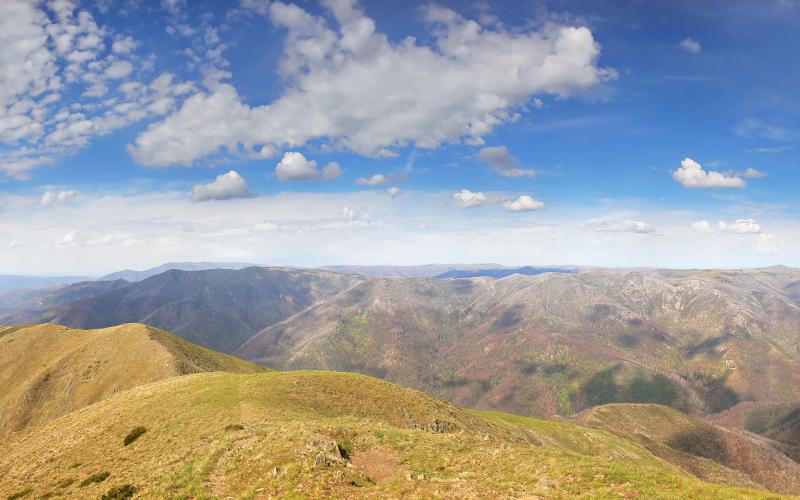Can livestock grazing coexist with plant diversity in Australian rangelands?

Can livestock grazing coexist with plant diversity in Australian rangelands?
Across the globe, rangelands are rapidly changing due to human-caused disturbances. New research shows that in Australia, livestock grazing is shifting the balance of plant diversity in favor of non-native species. This could pose serious conservation challenges for Australian rangelands in years to come.
Eldridge, David J., et al. “Livestock activity increases exotic plant richness, but wildlife increases native richness, with stronger effects under low productivity.” Journal of Applied Ecology 55 (2018): 766– 776. DOI: 10.1111/1365-2664.12995.
URL: http://onlinelibrary.wiley.com/doi/10.1111/1365-2664.12995/full
Rangelands: a diverse array of ecosystems that have been marked by human influence for thousands of years. These grazing lands continue to hold immense value today. However, many rangelands are rapidly deteriorating because of overgrazing, introduction of non-native species, and climate change. In Africa, prolonged droughts are turning grasslands to desert. In the western United States, invasive plants are spreading like wildfire. In Australia, non-native livestock are shifting the balance of plant diversity. Each of these places has its own issues, but all are connected by one intensifying factor: livestock grazing.
A new study published in the Journal of Applied Ecology shows that grazing impacts on plant diversity in Australian rangelands are linked to many factors. These include whether the grazing animals are native or non-native, how many grazing animals are present, plant growth rates, and climate. Most importantly, this study shows that livestock grazing intensifies loss of plant diversity in dry ecosystems where plants grow slowly due to lack of water. These findings could improve rangeland management worldwide, especially in water-limited regions.
In this article, David J. Eldridge from the University of New South Wales and his colleagues collected and analyzed ecological data on dry Australian rangelands. The sampling effort included 451 sites in eastern Australia covering an area nearly twice the size of Texas. Within this zone, the researchers chose three groups of plant species to represent a different growth rates. For each sample site, they determined numbers of non-native cattle and sheep, as well as native kangaroos. They then used statistical models to compare the influence of grazing on plant diversity among different animal species and plant growth rates.
The statistical models from this study show that grazing by non-native livestock increases the diversity of non-native plant species, while decreasing the diversity of native plant species. Interestingly, grazing by native wildlife such as kangaroos does the exact opposite. It encourages native plant diversity rather than hindering it. Another noteworthy finding is that these impacts are stronger in areas where the climate is drier and plants grow slower.
These results show that livestock grazing has the greatest impact in dry ecosystems where plants grow slower and take longer to recover, such as in Australia and the western United States. Land managers and ranchers should seriously consider this knowledge, especially because climate change is making many areas drier than before. Perhaps it’s time to rethink using dry rangelands for livestock grazing. Maybe the best investment is giving these lands back to native herbivores, like the Australian kangaroo or American bison.
It’s now clear that all grazing cannot be treated equally. Non-native livestock don’t always fit into ecosystems the way that native wildlife do. In fact, they may have the opposite effect. Just as important to consider is that dry climatic conditions can compound grazing impacts. Understanding these interactions will enable land managers around the world to conserve natural resources and adapt to a changing climate.




